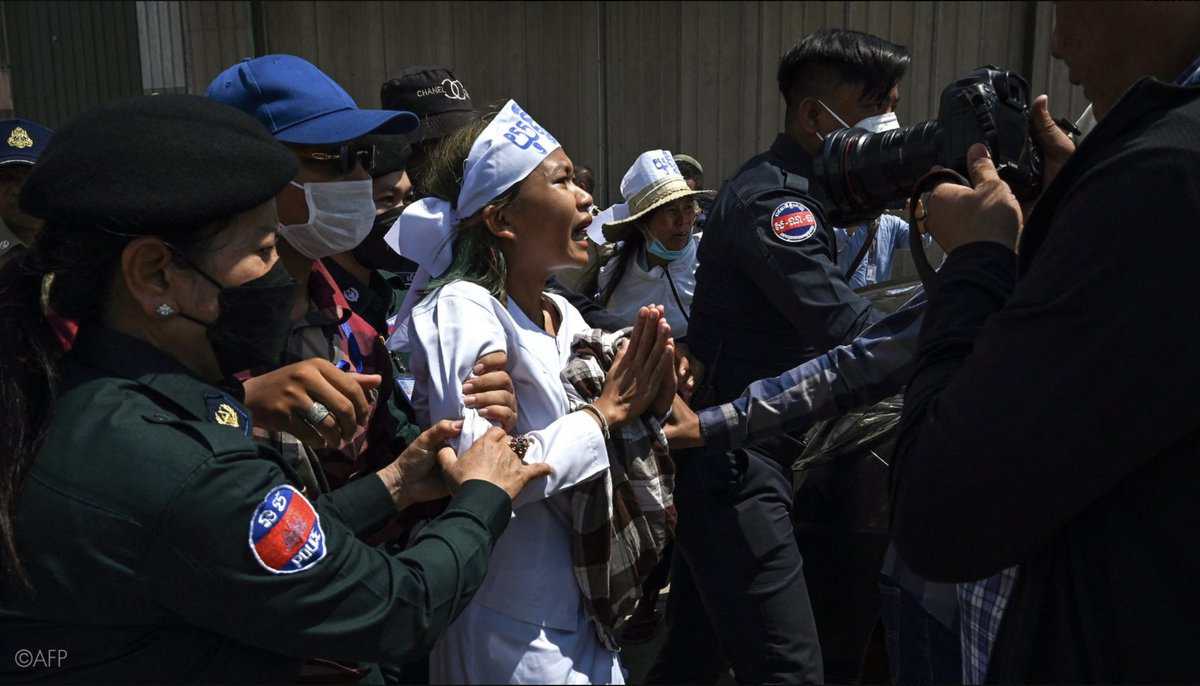Grant Awarded to Advance Sustainable Development Goals in California Communities
The Institute for Social Transformation at UC Santa Cruz has been awarded a two-year, $700,000 grant from The James Irvine Foundation. This funding is designated for the foundation’s Priority Communities initiative and will be utilized to advance several key Sustainable Development Goals (SDGs) through community-level engagement and research.
Initiative Overview and Alignment with Global Goals
The Priority Communities initiative, established in 2020, focuses on strengthening regional economies by empowering local communities. The project’s objectives are in direct alignment with the 2030 Agenda for Sustainable Development.
Core Objectives and SDG Contributions
- SDG 1 (No Poverty) & SDG 8 (Decent Work and Economic Growth): The initiative seeks to empower low-wage workers and their families, creating pathways to employment and fostering inclusive economic development.
- SDG 10 (Reduced Inequalities): A primary goal is to create more equitable policies and practices that dismantle systemic racism, specifically by strengthening economic development ties with Black, Indigenous, and people of color (BIPOC) community members.
- SDG 11 (Sustainable Cities and Communities): The work is concentrated on making urban economies more inclusive and resilient for all residents.
Geographic Focus
The initiative targets six California cities for focused intervention to achieve localized sustainable development:
- Fresno
- Stockton
- Salinas
- San Bernardino
- Riverside
- Merced
Project Implementation and Strategic Partnerships
The Institute for Social Transformation, in partnership with the University of Southern California’s Equity Research Institute, will oversee the project. This collaboration exemplifies SDG 17 (Partnerships for the Goals), leveraging academic expertise for community-driven change.
Role of the Institute for Social Transformation
The Institute will apply its expertise to address complex systems of inequity resulting from generational disinvestment. This work contributes to SDG 16 (Peace, Justice and Strong Institutions) by building capacity for more equitable and effective local governance. Key areas of expertise include:
- Data analysis
- Community capacity-building
- Organizing strategy and power mapping
- Policy and pilot development for equity-centered initiatives
Methodology: Learning Communities for Systemic Change
Beginning in Fall, the project will establish learning communities across the six focus cities. These communities will serve as platforms for capacity and trust-building, facilitating knowledge sharing and the co-creation of a sustainable learning framework. The approach, described as “new inside-outside strategies,” aims to balance personal and organizational development with the external work of achieving structural change, directly supporting the targets of SDG 10 and SDG 16.
Expected Outcomes and Contribution to the 2030 Agenda
The two-year grant is expected to produce long-term, cross-sector policy and systems change that reflects the shared goals of community participants. The primary deliverables will provide a foundation for future economic development funding and strategy.
- Comprehensive Learning Framework: Development of a needs assessment, resource repository, and a framework responsive to community needs, advancing SDG 17.
- Enhanced Worker Empowerment: Increased voice and power for workers in economic decision-making processes, contributing to SDG 8 and SDG 16.
- Equitable Policy Recommendations: The creation of outcomes and recommendations to inform future work, ensuring that economic development is inclusive and reduces inequality, in line with SDG 10.
Analysis of Sustainable Development Goals in the Article
1. Which SDGs are addressed or connected to the issues highlighted in the article?
- SDG 8: Decent Work and Economic Growth: The article’s central theme is promoting “inclusive economic development,” strengthening “regional economies,” creating “jobs and pathways to employment,” and empowering “low-wage workers.” These are core components of SDG 8.
- SDG 10: Reduced Inequalities: The initiative explicitly aims to “break down systemic racism,” create “more equitable policies and practices,” and address “inequity caused by generational disinvestment.” It focuses on strengthening ties with “Black, Indigenous, and people of color community members,” directly aligning with the goal of reducing inequalities.
- SDG 11: Sustainable Cities and Communities: The project is geographically focused on six specific California cities (Fresno, Stockton, Salinas, etc.). It aims to foster inclusive development and build community capacity within these urban areas, which is a key aspect of making cities and human settlements inclusive and sustainable.
- SDG 17: Partnerships for the Goals: The entire initiative is a multi-sector partnership involving The James Irvine Foundation, the Institute for Social Transformation at UC Santa Cruz, the University of Southern California’s Equity Research Institute, and community organizations. This collaboration is a clear example of the partnerships required to achieve the SDGs.
2. What specific targets under those SDGs can be identified based on the article’s content?
-
SDG 8: Decent Work and Economic Growth
- Target 8.3: Promote development-oriented policies that support productive activities, decent job creation, entrepreneurship, creativity and innovation. The article mentions supporting “promising new projects that create jobs and pathways to employment” and fostering “inclusive economic development.”
- Target 8.5: By 2030, achieve full and productive employment and decent work for all women and men… and equal pay for work of equal value. The focus on empowering “low-wage workers” and enhancing their “voices and power” directly relates to achieving decent work for all.
-
SDG 10: Reduced Inequalities
- Target 10.2: By 2030, empower and promote the social, economic and political inclusion of all, irrespective of… race, ethnicity… or other status. The initiative’s goal to expand economic development through “strengthened ties with Black, Indigenous, and people of color community members” and enhance “workers’ voices and power” is a direct reflection of this target.
- Target 10.3: Ensure equal opportunity and reduce inequalities of outcome, including by eliminating discriminatory… policies and practices. The project aims to create “more equitable policies and practices that break down systemic racism” and address “inequity caused by generational disinvestment.”
-
SDG 11: Sustainable Cities and Communities
- Target 11.3: By 2030, enhance inclusive and sustainable urbanization and capacity for participatory, integrated and sustainable human settlement planning and management. The creation of “learning communities” for the six focus cities to facilitate “capacity and trust-building work” and knowledge sharing for policy change aligns with enhancing participatory planning and management.
-
SDG 17: Partnerships for the Goals
- Target 17.17: Encourage and promote effective public, public-private and civil society partnerships. The project is a collaboration between a foundation (Irvine), universities (UCSC, USC), and community members across six cities, exemplifying a multi-stakeholder partnership to achieve development goals.
3. Are there any indicators mentioned or implied in the article that can be used to measure progress towards the identified targets?
- For SDG 8: The article implies progress can be measured by tracking the number of “new projects that create jobs and pathways to employment.” An increase in community investment and the economic empowerment of low-wage workers are also implied indicators.
- For SDG 10: Progress can be measured by the development and implementation of “more equitable policies and practices.” The project itself plans to create “outcomes and recommendations for future work,” which will serve as a framework for measuring the reduction of systemic inequities. The level of engagement and strengthened ties with BIPOC community members is another implied metric.
- For SDG 11: The development of a “comprehensive learning community framework,” a “needs assessment,” and a “resource repository” are mentioned as direct outputs of the grant. These serve as process indicators for building community capacity for participatory planning and policy change.
- For SDG 17: The successful establishment and functioning of the “learning communities” and the creation of “bridges between new allies” are implied indicators of effective partnership. The co-creation of a “learning framework that is both sustainable and responsive to communities’ needs” is a key measure of the partnership’s success.
4. Summary Table of SDGs, Targets, and Indicators
| SDGs | Targets | Indicators (Implied from Article) |
|---|---|---|
| SDG 8: Decent Work and Economic Growth |
|
|
| SDG 10: Reduced Inequalities |
|
|
| SDG 11: Sustainable Cities and Communities |
|
|
| SDG 17: Partnerships for the Goals |
|
|
Source: news.ucsc.edu







